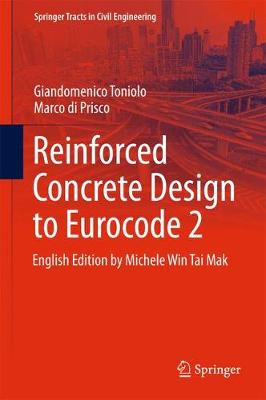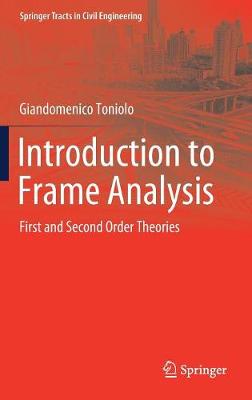Springer Tracts in Civil Engineering
2 total works
Reinforced Concrete Design to Eurocode 2
by Giandomenico Toniolo and Marco di Prisco
This textbook describes the basic mechanical features of concrete and explains the main resistant mechanisms activated in the reinforced concrete structures and foundations when subjected to centred and eccentric axial force, bending moment, shear, torsion and prestressing. It presents a complete set of limit-state design criteria of the modern theory of RC incorporating principles and rules of the final version of the official Eurocode 2.
This textbook examines methodological more than notional aspects of the presented topics, focusing on the verifications of assumptions, the rigorousness of the analysis and the consequent degree of reliability of results. Each chapter develops an organic topic, which is eventually illustrated by examples in each final paragraph containing the relative numerical applications. These practical end-of-chapter appendices and intuitive flow-charts ensure a smooth learning experience. The book stands as an ideal learning resource for students of structural design and analysis courses in civil engineering, building construction and architecture, as well as a valuable reference for concrete structural design professionals in practice.
This textbook presents the principal methods of stress analysis for the design of frame structures, beginning with a description of the basic criteria for probabilistic safety verification used in modern codes. The Force Method and the Displacement Method are dealt with, together with their applications to more common structural situations. A special chapter is dedicated to the second order analysis required for slender structures and for the elaboration of instability problems. In turn, a thorough set of numerical examples rounds out the text.
Given its scope, the book offers an ideal learning resource for students of Civil and Building Engineering and Architecture, and a valuable reference guide for practicing structural design professionals.

